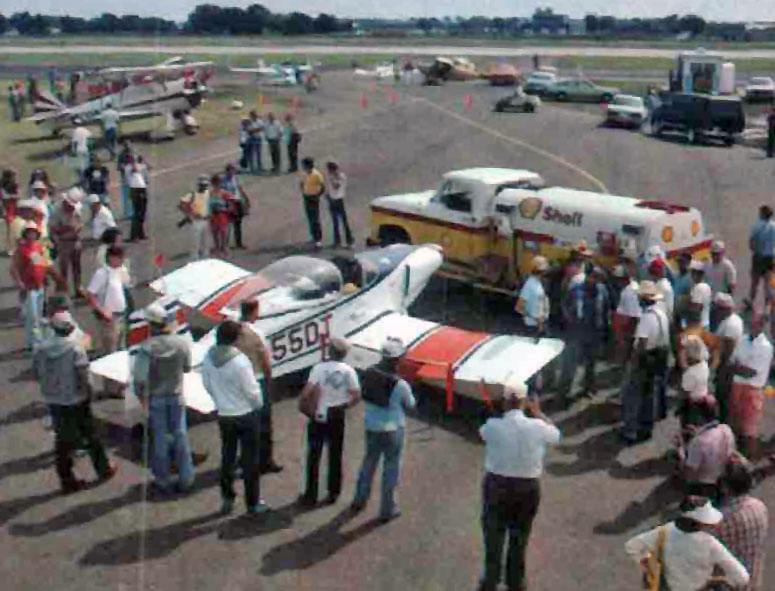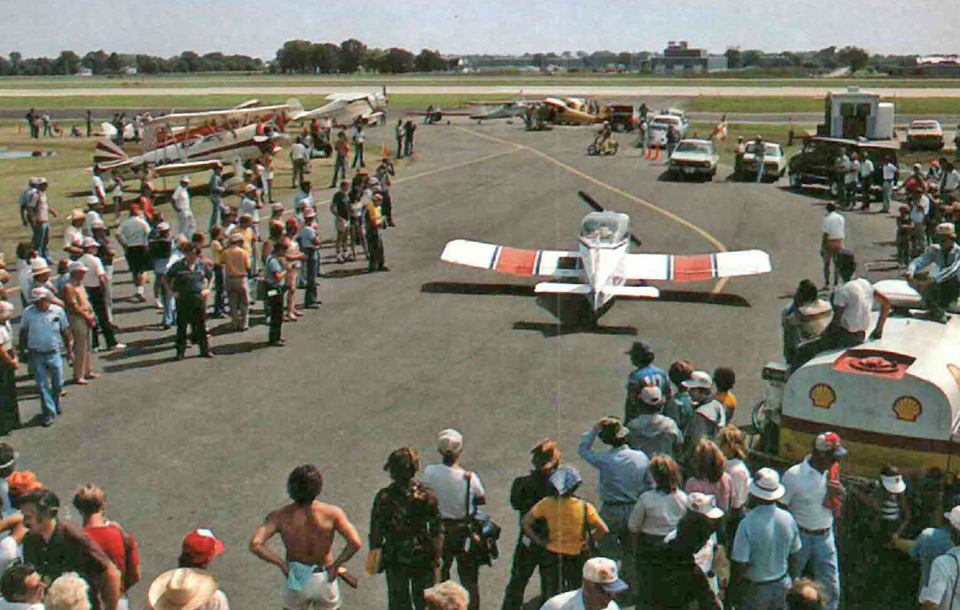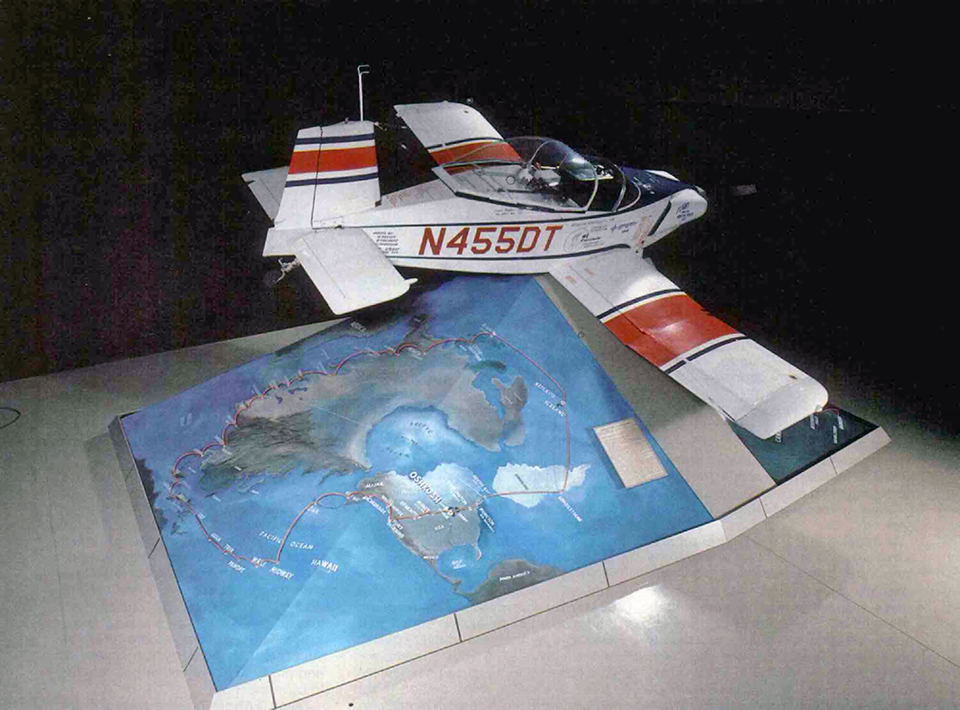1968 Thorp/Taylor T-18 - N455DT
Location: Innovations
“My resulting design, I believe, can be built by an amateur in less time and for less money than any design ever produced for homebuilding regardless of its capability as an airplane,” wrote John Thorp, EAA 1212, in the February 1962 issue of Sport Aviation magazine. Toward the end of the article he said, “At the moment I haven’t decided what the future of the T-18 design will be. … For the moment I have had my fun thinking about a ‘for-fun airplane’ with helmet and goggles, etc., even if I set aviation back 25 years.”
John’s original T-18 design was a no frills, low-wing, two-place metal aircraft. Powered by an O-290-G engine converted to an O-290-D, the airplane was small which and light but not flimsy. It originally was for the helmet-and-goggle crowd with an open cockpit and open cowl, but in the high performance league with 125 hp. Eventually, he was convinced to draw up plans and make them available to homebuilders.
The airframe was fairly simple using flat fuselage side skins of .025-inch 2024 T-3 Alclad. Wing tips, tail tips, tail cone, cowling, fuel tanks and seats are of fiberglass construction. The landing gear was a simple A-frame welded from heavy wall 4130 steel tubing. Most everything was pop riveted together, while the landing gear was attached with 3 3/8-inch bolts.
After making the statement that metal airplanes can be simpler to build than wooden airplanes, John set about proving it by publishing a series of articles in Sport Aviation about how to build the T-18. The design caught on with more than 400 Thorp T-18s eventually built.
EAA’s Thorp T-18 belonged to Don Taylor and has a unique place in history. Don built his T-18 for a specific purpose — to complete the first around-the-world flight in a homebuilt aircraft. Don studied several different designs and decided that the Thorp T-18 would be the most adaptable. He fitted it with a 180-hp Lycoming O-360, a full IFR instrument suite, supplemental radios and, of course, extra fuel tanks.
Don named the airplane Victoria after the only ship of the Magellan fleet to complete the first world-circling trip. After increasingly rigorous testing and continuous improvements to the airplane, Don departed from Runway 18 at what is now Wittman Regional Airport here in Oshkosh on August 1, 1976. Sixty days and 26,200 miles later, he landed back in Oshkosh on September 30 having completed the first circumnavigation in a homebuilt. In 1983, Don donated N455DT to EAA, and it’s been on display in our museum ever since.
Length: 18 feet 2 inches
Wingspan: 20 feet 10 inches
Height: 4 feet 10 inches
Empty Weight: 900 pounds
Gross Weight: 1,500 pounds
Cruise Speed: 175 mph
Maximum Speed: 200 mph
Ceiling: 20,000 feet
Seats: 1-2
Powerplant: Lycoming O-360-A2A
Horsepower: 180 hp
Range: 500 miles (1,800-2,400 miles with extra tanks)






